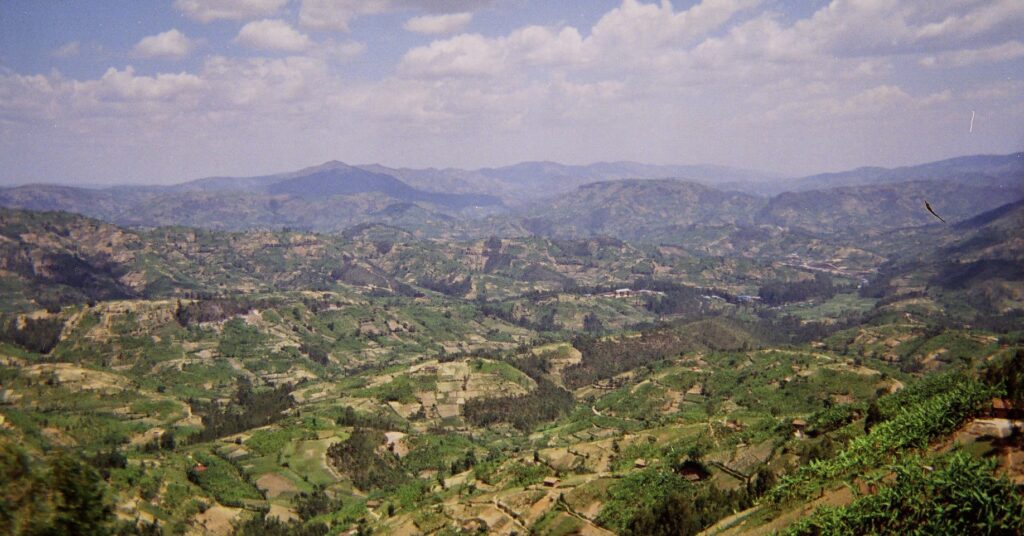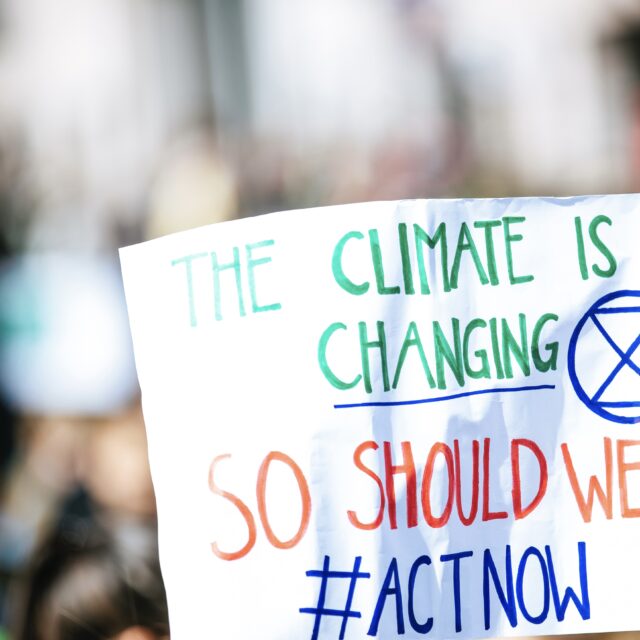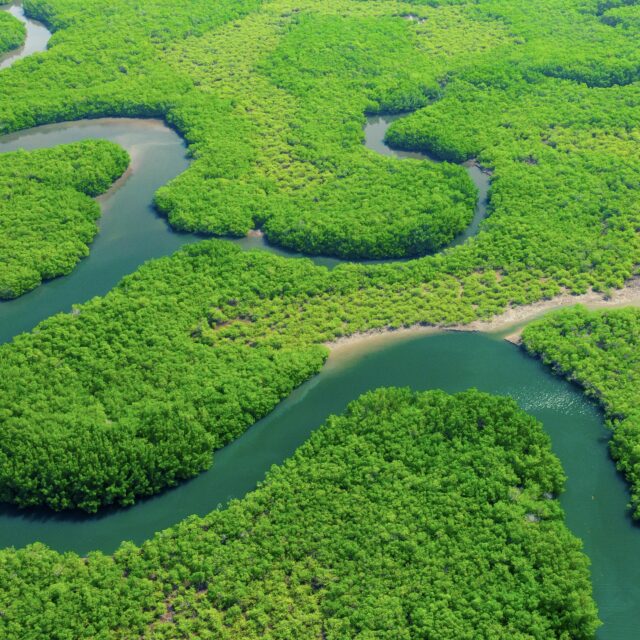The climate crisis affects the entire planet. And the African continent is feeling those effects the hardest. Africa is the most climate-vulnerable region, despite contributing the least to historic carbon emissions.
As the crisis continues, global leaders must take action to lessen its impact. African countries are doing just that. Here are a few examples.
Rwanda

Photo credit: Jon Evans via Flickr Creative Commons
Did you know that Rwanda is plastic bag-free? That’s right, since 2008, Rwanda has banned plastic bags entirely. In fact, those who are caught smuggling plastic bags into the country can face jail time.
The impact of the ban is wide-reaching. This ban has not only helped make Rwanda known for being the cleanest country in Africa, it’s also significantly helped the environment. Plastic waste causes a lot of environmental damage, like contributing to flooding or affecting the growth of crops, so no plastic bags means less damage.
Morocco
Morocco has taken many climate-friendly steps. In fact, renewables make up one-third of its electricity capacity. Morocco, like many African countries, has the potential to produce significant renewable energy, like solar, wind, and hydropower energy.
But Morocco’s climate-friendly decisions are not a new development. In 2009, the country set the goal of making 42% of the country’s total installed power renewable by 2020. Although the country didn’t meet that goal, more steps have been taken to move towards a more green environment. In 2021, the country set the goal of making 52% of its electricity renewable by 2030.

Mozambique
Mozambique has a program designed to fight the climate crisis on the ground level. It’s called Improving Local Climate Resilience in Mozambique (MERCIM). It works to help local governments better provide “climate-resilient basic services to communities” and improve decision making based on local knowledge.
The program has already benefited the country this year following the second landfall of Cyclone Freddy. It helped enable local governments to better anticipate and respond to the natural disaster, alongside other policies and action. Compared to previous cyclones, “the number of deaths and people displaced by the cyclone appears to have been lower than in past cyclones of similar magnitude,” according to the UN Capital Development Fund.
Kenya

Announced in 2020, the Kenya National Energy Efficiency and Conservation Strategy is a main driver of Kenya’s green transformation. Improving energy efficiency can increase quality of life, and that’s exactly what Kenya is trying to do through this strategy.
The strategy is designed as a “roadmap” to help the country achieve its energy efficiency goals. These goals include reducing greenhouse gas emissions by 30% by 2030. Ultimately, the strategy will reduce the country’s need for fossil fuels, reduce greenhouse gas emissions, and improve the quality of life for its citizens.
Featured photo credit: zak zak via Flickr Creative Commons.


